Selecting the Ideal Venue for Your Community Orchestra Performance

Selecting the right venue for your community orchestra performance can be challenging. Did you know that acoustics play a vital role in how classical music is experienced by the audience? This blog post will guide you through important steps, including understanding your orchestra’s requirements, evaluating local venue options, and budgeting effectively. By the end, you will feel confident in making informed decisions to create a memorable experience for your community, addressing concerns about acoustics, facilities, and overall audience enjoyment. Let’s dive in and find the perfect space for your next performance!
Understanding Your Orchestra’s Requirements
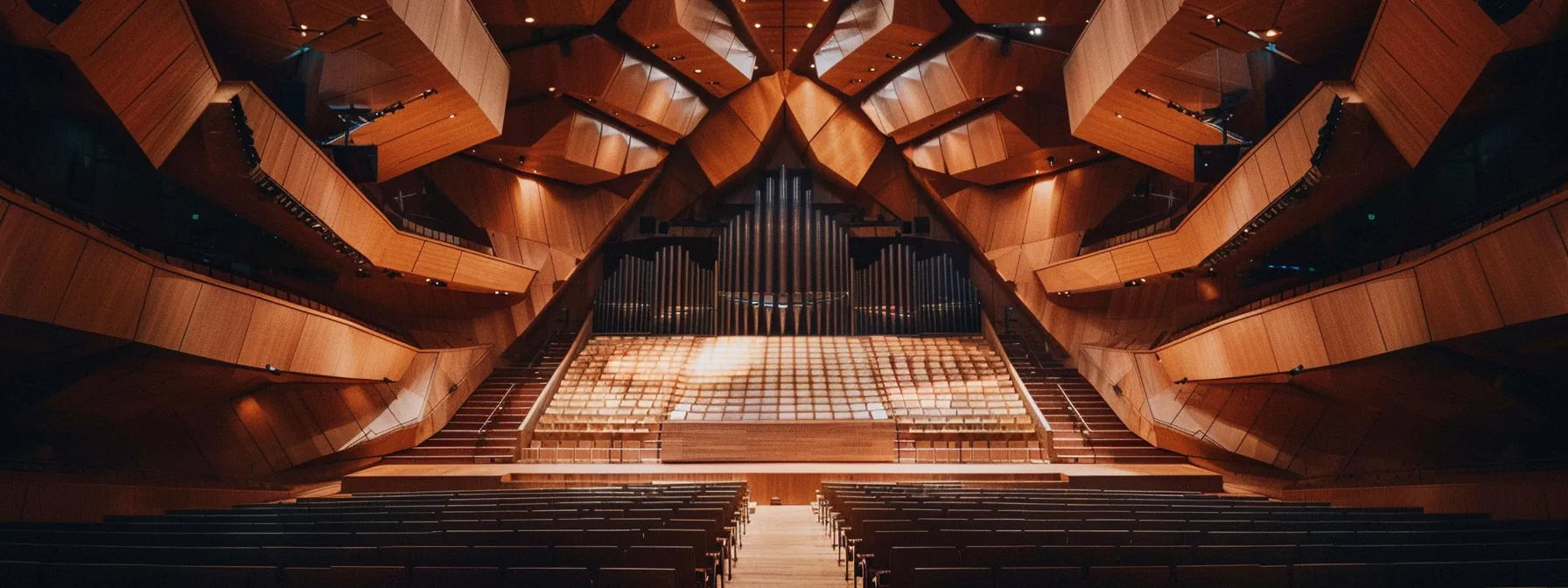
Understanding your orchestra’s requirements, like The People’s Orchestra, is essential when selecting the ideal venue for your performance. Start by assessing the size and instrumentation of your ensemble; for instance, a full symphony may require more space than a string quartet. Next, identify the acoustic needs to ensure the sound resonates beautifully for the audience. Finally, consider the ideal audience capacity to create an engaging atmosphere, focusing on accessibility for everyone in communities like New York City and Seattle.
Assessing Ensemble Size and Instrumentation
When you assess the size and instrumentation of your ensemble, it’s crucial to think about how many musicians are involved and which instruments they play. For example, if you’re conducting a piece by Dmitri Shostakovich, such as a concerto, the arrangement will likely require a larger venue equipped to handle a full orchestra, ensuring the full depth of sound reaches your audience. Additionally, if you’re considering live streaming the performance, the technical setup should accommodate both the size of the musicians and the acoustics of the venue to deliver a captivating experience for viewers, whether they are in attendance or watching from home.
Identifying Acoustic Needs for Optimal Sound
Identifying your acoustic needs is crucial for ensuring that your community orchestra performance resonates well with your audience. Consider how sound travels in different venues, including theatres, and assess whether the space can enhance the music produced by various instruments like the cello or jazz ensembles. Engage with your board of directors to evaluate available technical resources, ensuring the venue supports quality sound production, which is essential for any upcoming auditions or performances.
- Assess the size and instrumentation of your orchestra.
- Identify the acoustic characteristics of potential venues.
- Involve your board of directors in decision-making for better support.
Determining Ideal Audience Capacity
Determining the ideal audience capacity is a crucial step in selecting a venue for your community orchestra performance. As you plan your concert, consider how many people can comfortably fit in the space while still allowing them to experience music’s richness, such as a symphony conducted by talents like Jonathon Heyward or works by Wolfgang Amadeus Mozart. This consideration ensures that your performance not only meets the needs of your musicians but also aligns with partnerships that may involve support from organizations like the National Endowment for the Arts, ultimately creating an engaging atmosphere for all involved.
Once you grasp your orchestra’s needs, the next step is finding the perfect place to play. Local venues hold the key to not just space but community connection; let’s see what options await you.
Exploring Local Venue Options
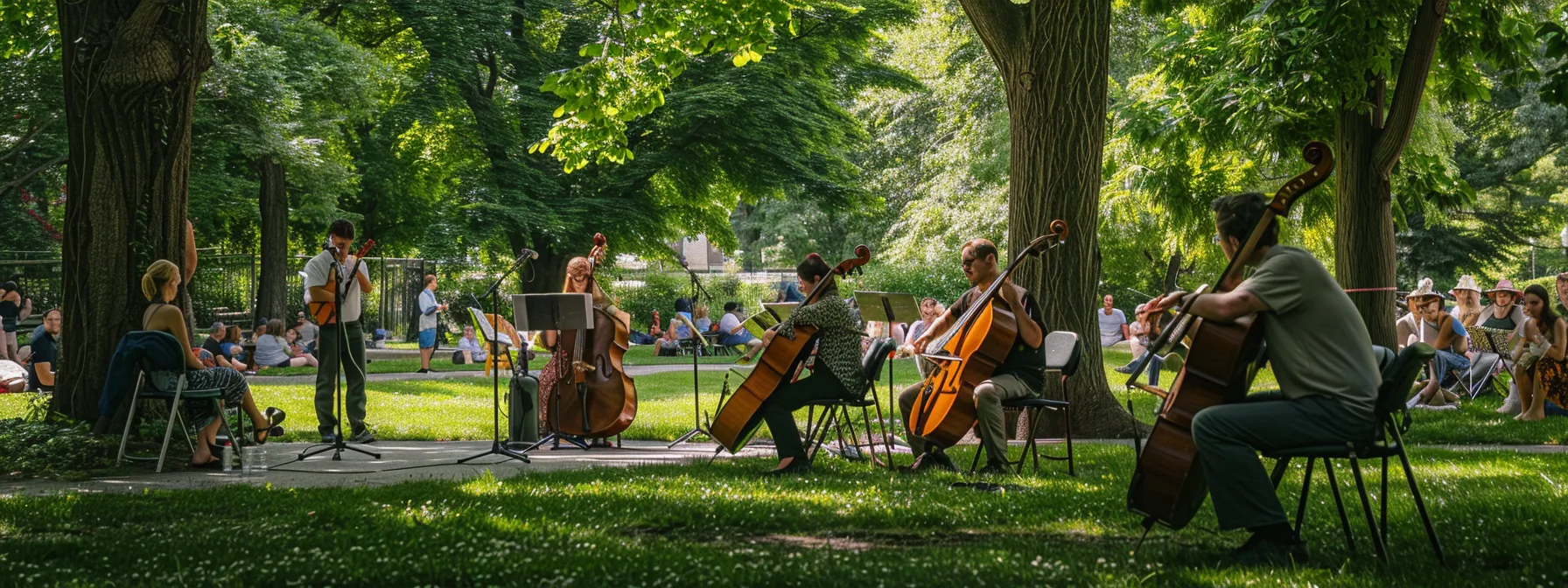
When selecting the ideal venue for your community orchestra performance, it’s essential to explore various local options. Consider traditional concert halls that resonate well with chamber music, as well as community centers and churches that foster inclusive gatherings. Schools and educational facilities offer vibrant environments, while outdoor spaces can create a unique backdrop for performances like overtures by The People’s Orchestra and The People’s Show Choir.
Considering Traditional Concert Halls
Considering traditional concert halls for your community orchestra performance can greatly enhance the audience’s experience. These venues are specifically designed to emphasize sound quality, allowing groups like The People’s Big Band to showcase their talents in an acoustically favorable space. Additionally, the historic and formal atmosphere of concert halls can add a level of prestige to your event, making it memorable for both performers and attendees alike:
- Assess the acoustics of the concert hall for your ensemble’s needs.
- Evaluate the seating capacity to accommodate your audience comfortably.
- Consider the accessibility features for community members and participants.
Evaluating Community Centers and Churches
When evaluating community centers and churches as potential venues for your orchestra performance, consider their unique advantages. These spaces often bring a sense of warmth and familiarity, encouraging local participation and welcoming everyone. Additionally, many community centers have excellent acoustics for musical performances, enabling the audience to fully appreciate the talents of your musicians while fostering a spirit of togetherness.
Looking Into Schools and Educational Facilities
Looking into schools and educational facilities can provide an excellent venue option for your community orchestra performance. These spaces often have auditoriums equipped with sound systems that support musical activities and can accommodate varying audience sizes. By partnering with local schools, you foster community engagement, and you provide students and families an opportunity to experience live orchestral music, enhancing the cultural fabric of your community:
- Consider the auditorium’s acoustics and capacity.
- Reach out to local schools for collaboration opportunities.
- Engage students and families by promoting inclusivity in events.
Assessing Outdoor Spaces for Performances
Assessing outdoor spaces for performances can provide a unique and engaging atmosphere for your community orchestra. These venues often offer natural acoustics and the beauty of a scenic backdrop, enhancing the overall experience for both performers and the audience. Key aspects to consider include the layout, seating arrangements, and how weather factors might influence your event. Ensuring accessibility and comfort for attendees is equally important to create an inviting environment for everyone:
- Evaluate the sound quality and natural acoustics of the location.
- Consider the comfort and safety of the audience in the open air.
- Plan for potential weather challenges by having a backup option available.
You have found the perfect venue. Now, it’s time to listen closely to how the space will carry your music and support your performers.
Evaluating Venue Acoustics and Facilities
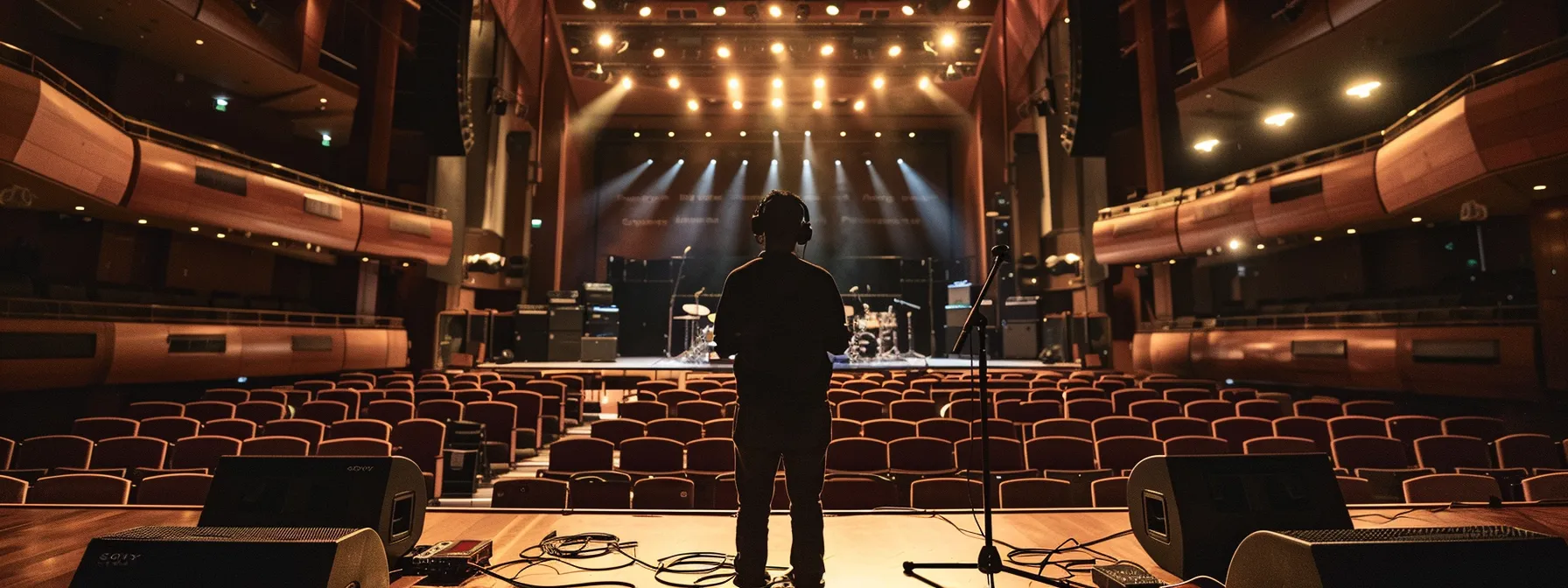
To ensure your community orchestra performance resonates beautifully, it’s important to evaluate key aspects of potential venues. Start by testing the sound quality, checking if the necessary equipment is available, and ensuring sufficient lighting and staging areas. These considerations will contribute significantly to an engaging experience for both your musicians and the audience.
Testing Sound Quality in Potential Venues
Testing sound quality in potential venues is a key step in selecting the right space for your community orchestra performance. You should walk through the venue and listen closely, paying attention to how sound travels and if it complements your ensemble’s unique characteristics. Consider arranging a small rehearsal in the space; this will give you firsthand experience of the acoustics, helping you understand if the venue will enhance the musical experience for your audience.
Checking Availability of Necessary Equipment
Checking the availability of necessary equipment in your chosen venue is vital for ensuring a smooth performance for your community orchestra. Start by inquiring about essential items, such as microphones, sound systems, and staging materials, which can significantly affect the overall sound quality of your performance. Having access to the right tools allows your musicians to focus on what they do best—creating beautiful music for your audience:
- Confirm the presence of sound equipment like microphones and mixers.
- Ensure there are adequate lighting facilities to enhance performance visibility.
- Verify the availability of staging and setup areas to accommodate your ensemble.
Ensuring Adequate Lighting and Staging Areas
Ensuring adequate lighting and staging areas is essential for showcasing your community orchestra’s performance effectively. Proper lighting enhances visibility for both your musicians and the audience, allowing everyone to appreciate the artistry of the performance. Engage with venue managers to discuss the lighting options available, ensuring that the design supports your specific needs and creates an inviting atmosphere for all attendees.
The sound in the hall was right, yet the cost of that music loomed ahead. Now, let’s turn our focus to the budgeting and financial choices that will shape our journey.
Budgeting and Financial Considerations
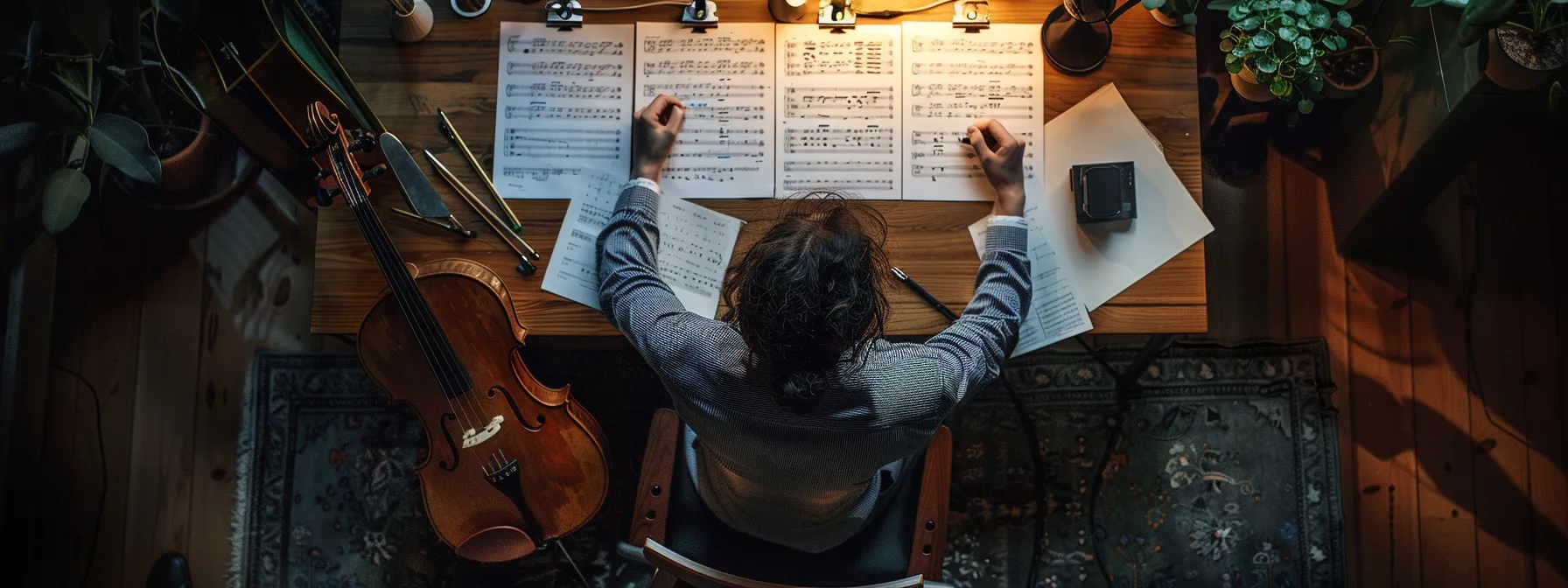
Understanding venue rental costs is essential when selecting the ideal location for your community orchestra performance. Explore potential discounts and community rates that can make your event more affordable. Additionally, planning for any additional expenses, such as equipment rental or promotional materials, will ensure a successful and budget-friendly experience. Let’s dive into these topics to set you on the right path.
Understanding Venue Rental Costs
Understanding venue rental costs is a key part of planning your community orchestra performance. It’s essential to consider not only the base rental fee but also any additional expenses, such as insurance, deposits, and cleanup fees. By reaching out to local venues and asking about community rates or discounts, you can find options that fit your budget while ensuring a smooth experience for both your musicians and audience.
Exploring Discounts and Community Rates
When you’re considering venues for your community orchestra performance, exploring discounts and community rates can significantly ease your financial burden. Many local venues offer reduced pricing for community groups, which can help you stay within budget while still securing a high-quality location. Be proactive in contacting venues to inquire about any special deals or packages that align with your community-focused mission:
- Reach out to venues for information on community rates.
- Discuss potential partnerships that could lead to discounts.
- Consider off-peak times for even lower rental fees.
Planning for Additional Expenses
When planning for additional expenses related to your venue selection, consider all the potential costs that may arise beyond the rental fee. This could include equipment rental for sound and lighting, which is vital for your community orchestra’s performance. By carefully forecasting these expenses, and seeking local partnerships that might help offset costs, you ensure a successful event that keeps your focus on sharing beautiful music with your community.
With the budget in place, you now turn your gaze to the schedule. Timing and logistics will shape the success of your performance, guiding every note towards harmony.
Scheduling and Logistics
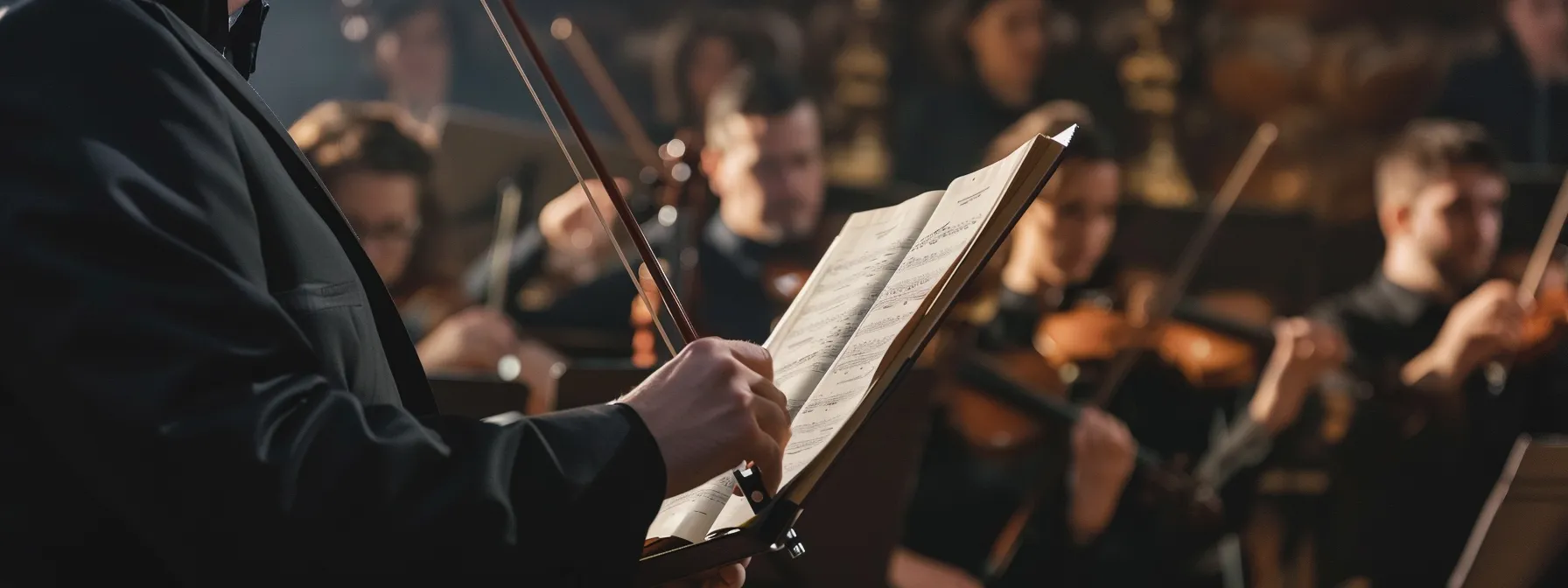
Scheduling and logistics play a vital role in ensuring your community orchestra’s performance runs smoothly. You’ll want to align your performance dates with the venue’s availability while also coordinating rehearsal times and load-in procedures effectively. Communication with venue staff is essential for seamless operations, setting the stage for an engaging and enjoyable experience for both musicians and audience members.
Aligning Performance Dates With Venue Availability
Aligning your performance dates with venue availability is an essential part of planning your community orchestra event. Start by creating a calendar that outlines your ideal performance dates, and then reach out to potential venues to determine their openings. This proactive approach helps prevent scheduling conflicts and ensures that you secure a space that accommodates both your orchestra and the audience:
- Start with a list of preferred performance dates.
- Contact venues early to check their availability.
- Be flexible with dates to find the best fit.
Coordinating Rehearsal Times and Load-in Procedures
Coordinating rehearsal times and load-in procedures is a fundamental aspect of ensuring your community orchestra’s performance goes off without a hitch. Be proactive in scheduling rehearsals during times that are convenient for both your musicians and the venue, allowing ample time for setup and sound checks. Consider creating a detailed checklist to streamline your load-in process, making sure everyone knows their roles and responsibilities, which ensures a smooth transition from rehearsal to performance:
- Establish a rehearsal schedule that accommodates all musicians.
- Communicate the load-in times well in advance to your team.
- Create a checklist for setup and sound check requirements.
Communicating With Venue Staff for Smooth Operations
Communicating with venue staff is key to ensuring smooth operations for your community orchestra performance. Being clear about your needs, such as setup times, technical equipment, and any special requests, allows the venue team to prepare effectively. Establish a good relationship with them; their expertise and local knowledge can help troubleshoot any potential issues, making your event a success while fostering a collaborative spirit within your community.
With the schedule set and logistics in order, the heart of the event now beats stronger. It’s time to focus on the audience, to create moments that linger long after the final note fades.
Enhancing Audience Experience
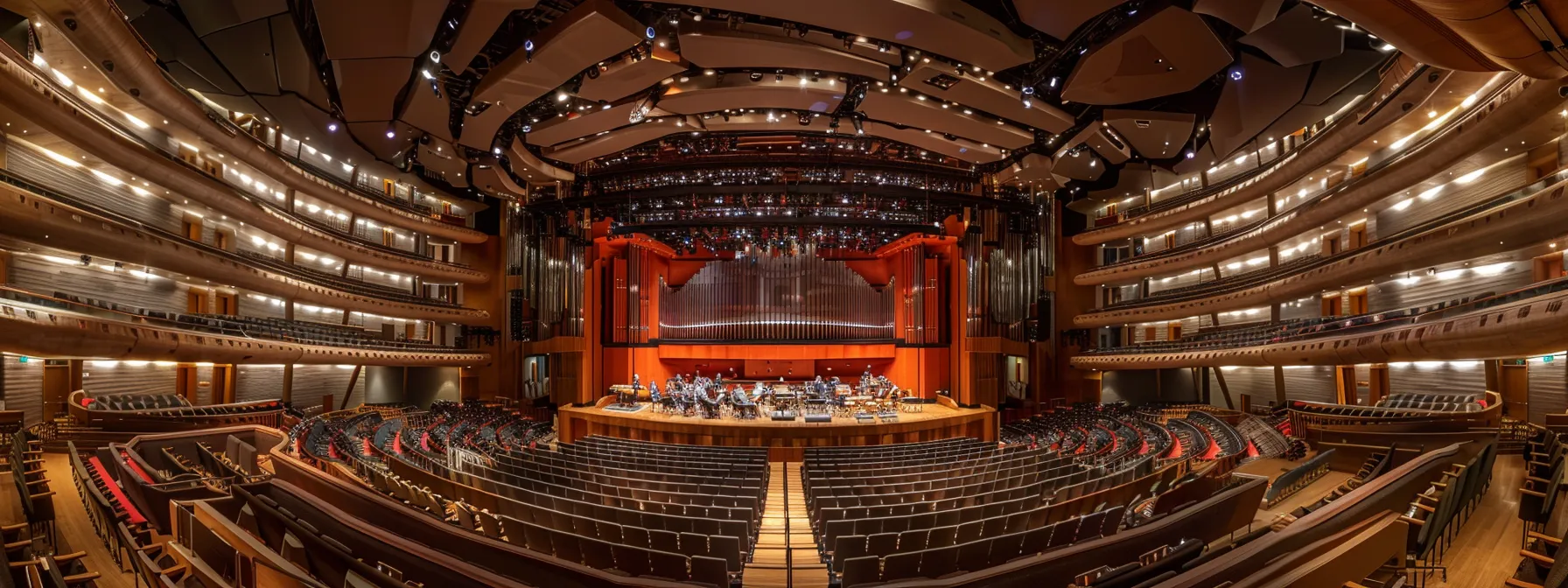
To enhance the audience experience at your community orchestra performance, focus on ensuring accessibility and comfortable seating for all attendees. You should also provide essential amenities, such as ample parking and clean restrooms, to make the event hassle-free. Creating an inviting atmosphere will ensure that everyone feels welcome, encouraging a memorable experience for all involved.
Ensuring Accessibility and Comfortable Seating
Ensuring accessibility and comfortable seating is vital for creating a welcoming environment at your community orchestra performance. Select a venue with features that accommodate all attendees, such as ramps, designated seating areas for individuals with disabilities, and well-lit pathways. By prioritizing these factors, you foster an inclusive atmosphere, making it easy for everyone in your community to enjoy the beauty of live orchestral music:
- Choose venues with accessible entrances and facilities.
- Ensure there is ample comfortable seating for diverse audience sizes.
- Consider the layout for easy movement throughout the venue.
Providing Amenities Like Parking and Restrooms
Providing essential amenities like ample parking and clean, accessible restrooms can significantly enhance the experience for your audience at a community orchestra performance. When selecting a venue, consider how easy it is for attendees to find parking and navigate their way inside. Clear signage and well-maintained facilities not only add convenience but also make everyone feel welcomed and valued, encouraging them to enjoy the music without added stress.
Creating an Inviting Atmosphere for Attendees
Creating an inviting atmosphere for attendees at your community orchestra performance helps foster a sense of belonging and connection. Consider the layout of the venue, ensuring seating is comfortable and arranged to encourage engagement with the music and each other. As you plan, think about using decorations, friendly volunteer greeters, and programs that highlight the performers, all working together to make everyone feel valued and excited to be part of your musical event:
- Prioritize comfortable seating arrangements that foster engagement.
- Use decorations and visual elements that reflect the community’s spirit.
- Enlist volunteers to welcome attendees and assist them throughout the event.
Conclusion
Selecting the ideal venue for your community orchestra performance is crucial to creating an engaging and enjoyable experience for both musicians and the audience. By carefully assessing your ensemble’s size, acoustic needs, and venue options, you set the stage for a powerful musical connection within your community. Prioritizing accessibility and essential amenities ensures that everyone feels welcome and valued at your event. Ultimately, choosing the right location not only enhances the performance itself but also fosters a deeper appreciation for orchestral music in your community.
